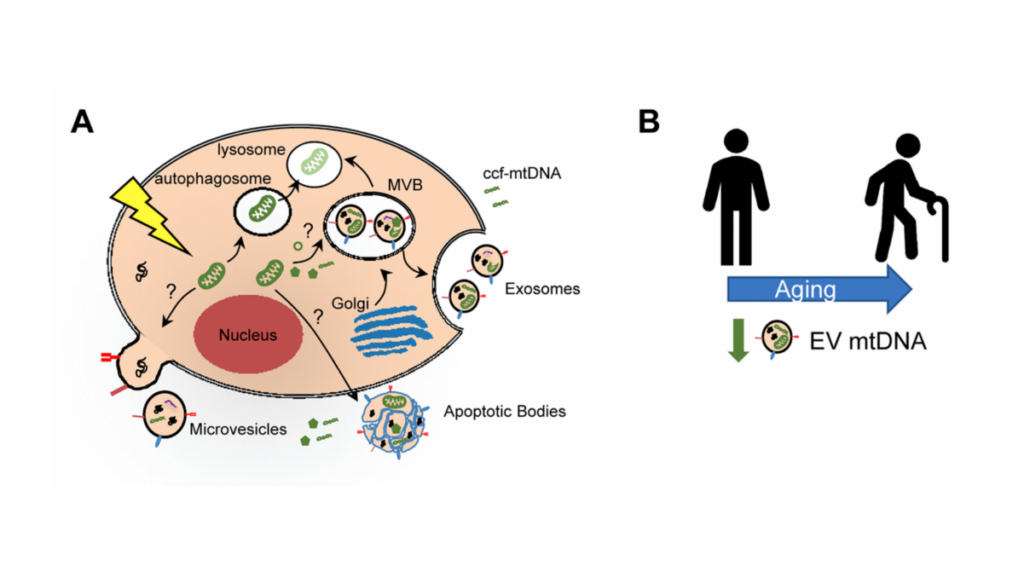“Werner syndrome (WS), caused by mutations in the RecQ helicase WERNER (WRN) gene, is a classical accelerated aging disease with patients suffering from several metabolic dysfunctions without a cure.”
Werner syndrome is a rare condition marked by accelerated aging. A recent study, featured as the cover paper in Aging (Aging-US), Volume 17, Issue 4, led by researchers at the University of Oslo and international collaborators, suggests that nicotinamide adenine dinucleotide (NAD+), a vital molecule involved in cellular energy production, may be key to understanding this disease and developing future strategies to manage it.
Understanding Werner Syndrome
Werner syndrome (WS) is a rare genetic condition that causes people to age more quickly than normal. By their 20s or 30s, individuals with WS often show signs typically associated with older age, such as cataracts, hair loss, thinning skin, and heart disease. This premature aging is caused by mutations in the WRN gene, which normally helps repair DNA and protect cells from damage. While the WRN gene’s role in maintaining genetic stability is well understood, the reasons behind the rapid decline of cells in WS patients are still not fully clear.
The Study: Investigating NAD+ in Werner Syndrome
Nicotinamide adenine dinucleotide levels naturally decline with age. In the study titled “Decreased mitochondrial NAD+ in WRN deficient cells links to dysfunctional proliferation,” researchers investigated whether this decline is more severe in people with WS and whether restoring NAD+ levels could help slow the aging process in these patients.
The research team, led by first author Sofie Lautrup and corresponding author Evandro F. Fang, used human stem and skin cells from WS patients, as well as gene-edited cells that mimic WS by lacking the WRN gene. These were always compared to control cells isolated from healthy individuals.
The researchers tracked how WRN deficiency affected NAD+ levels in mitochondria, the parts of the cell that generate energy. They then tested whether boosting NAD+ using a compound called nicotinamide riboside (NR)—a form of vitamin B3—could help restore normal cellular function. The team also used other strategies to raise mitochondrial NAD+ directly, including overexpressing a transporter protein known as SLC25A51. Their goal was to determine whether these approaches could reverse aging-related damage and restore cell growth affected by WRN mutations.
The Results: NAD+ Can Reduce Aging Signs
The findings confirmed that WRN-deficient cells had lower levels of mitochondrial NAD+ and showed signs of cellular aging, such as increased senescence and reduced proliferation. Treating these cells with NR significantly reduced aging markers and restored some normal functions in both stem and skin cells from WS patients. In healthy control cells, NR had no such effect, suggesting it works specifically in the context of NAD+ deficiency.
However, increasing NAD+ either through NR supplementation or by enhancing mitochondrial transport was not enough to fully restore cell division in lab-grown cells lacking WRN. This result suggests that while NAD+ supplementation is beneficial, the WRN gene itself plays a unique and irreplaceable role in supporting healthy cell growth.
The Breakthrough: Linking Mitochondrial NAD+ to Cell Aging
This study reveals a deeper role for the WRN gene beyond DNA repair. It shows that WRN also helps regulate how NAD+ is produced and used within cells, particularly in mitochondria. Without WRN, this system becomes unbalanced, accelerating cell aging. While boosting NAD+ helped reduce aging features in WS cells, the findings make clear that NAD+ therapy alone cannot replace the broader functions of WRN.
The Impact: A Step Toward Slowing Down Cellular Aging
This is the first study to directly show how low mitochondrial NAD+ contributes to premature aging in WS. Beyond its relevance to WS, the research highlights the broader potential of targeting NAD+ metabolism as a strategy for addressing age-related diseases. By increasing our understanding of how energy production affects aging, this study opens the door to future treatments aimed at promoting healthier aging across a wider population.
Future Perspectives and Conclusion
This study offers promising new insights but also demonstrates the complexity of cellular aging. The WRN gene plays a much broader role than DNA repair alone. It appears to regulate networks of genes linked to metabolism and genome organization. While boosting NAD+ can reduce some signs of cellular damage, it cannot fully compensate for the loss of WRN function.
Looking ahead, further research will be crucial to understanding how NAD+ operates in different parts of the cell and how it might work in combination with other treatments. For individuals with Werner syndrome, and potentially for the wider aging population, these findings bring us closer to future therapies aimed at improving health and longevity.
Click here to read the full research paper in Aging.
___
Aging is indexed by PubMed/Medline (abbreviated as “Aging (Albany NY)”), PubMed Central, Web of Science: Science Citation Index Expanded (abbreviated as “Aging‐US” and listed in the Cell Biology and Geriatrics & Gerontology categories), Scopus (abbreviated as “Aging” and listed in the Cell Biology and Aging categories), Biological Abstracts, BIOSIS Previews, EMBASE, META (Chan Zuckerberg Initiative) (2018-2022), and Dimensions (Digital Science).
Click here to subscribe to Aging publication updates.
For media inquiries, please contact [email protected].


